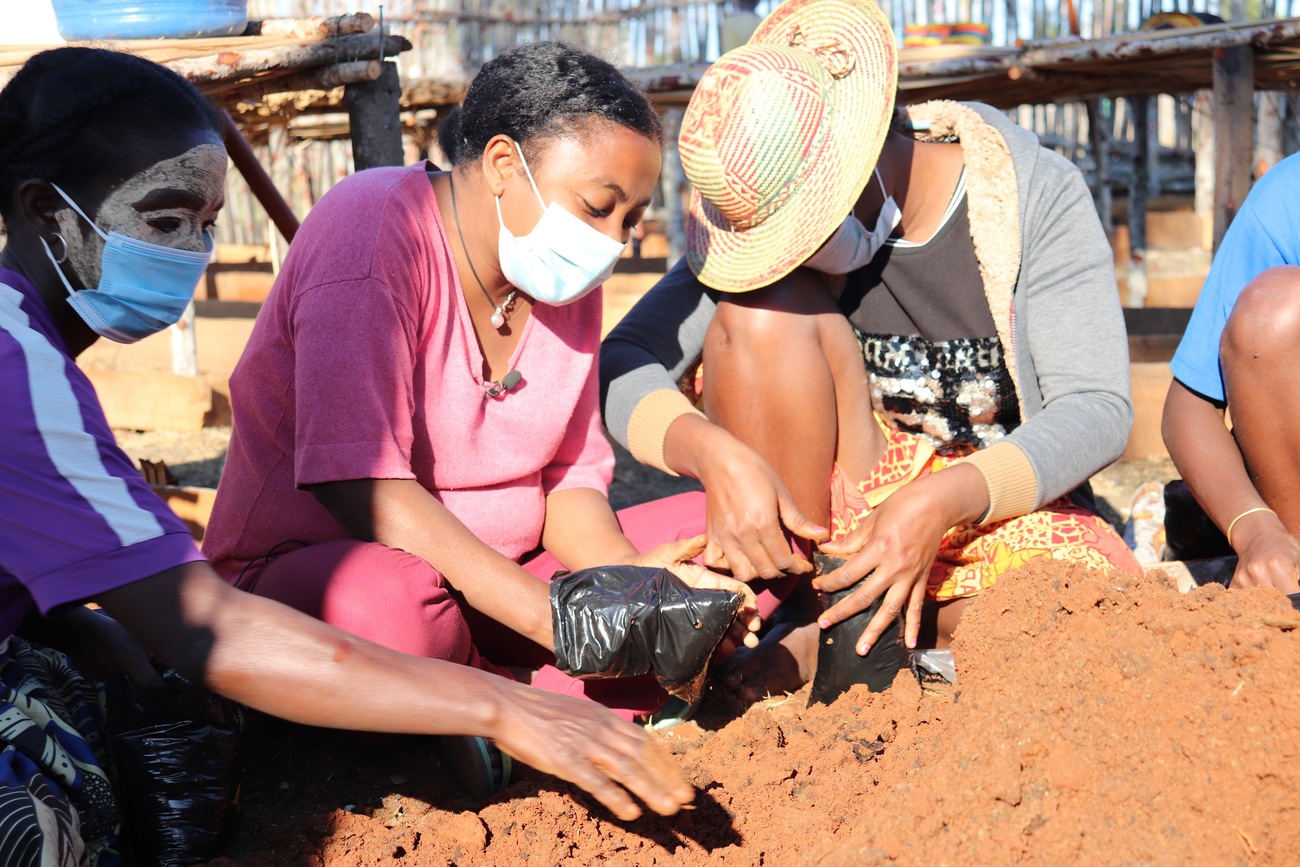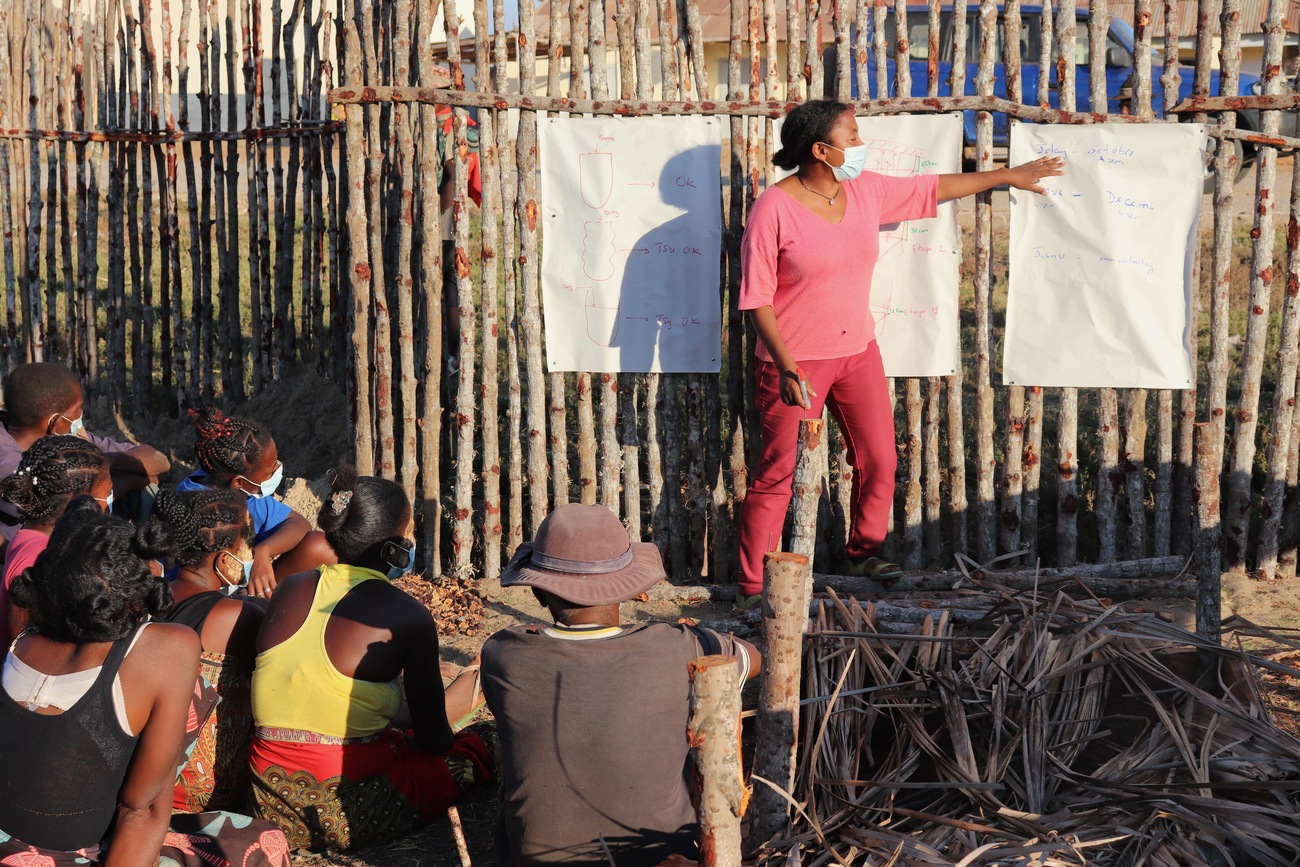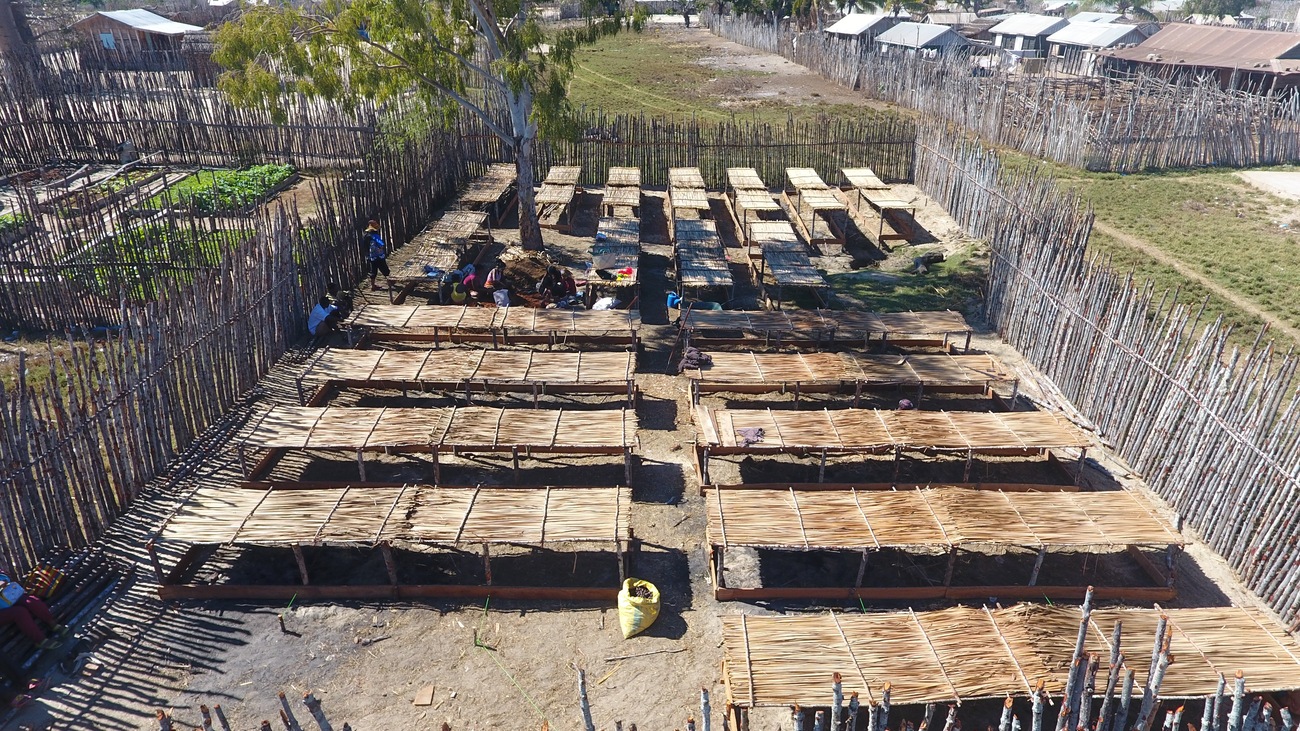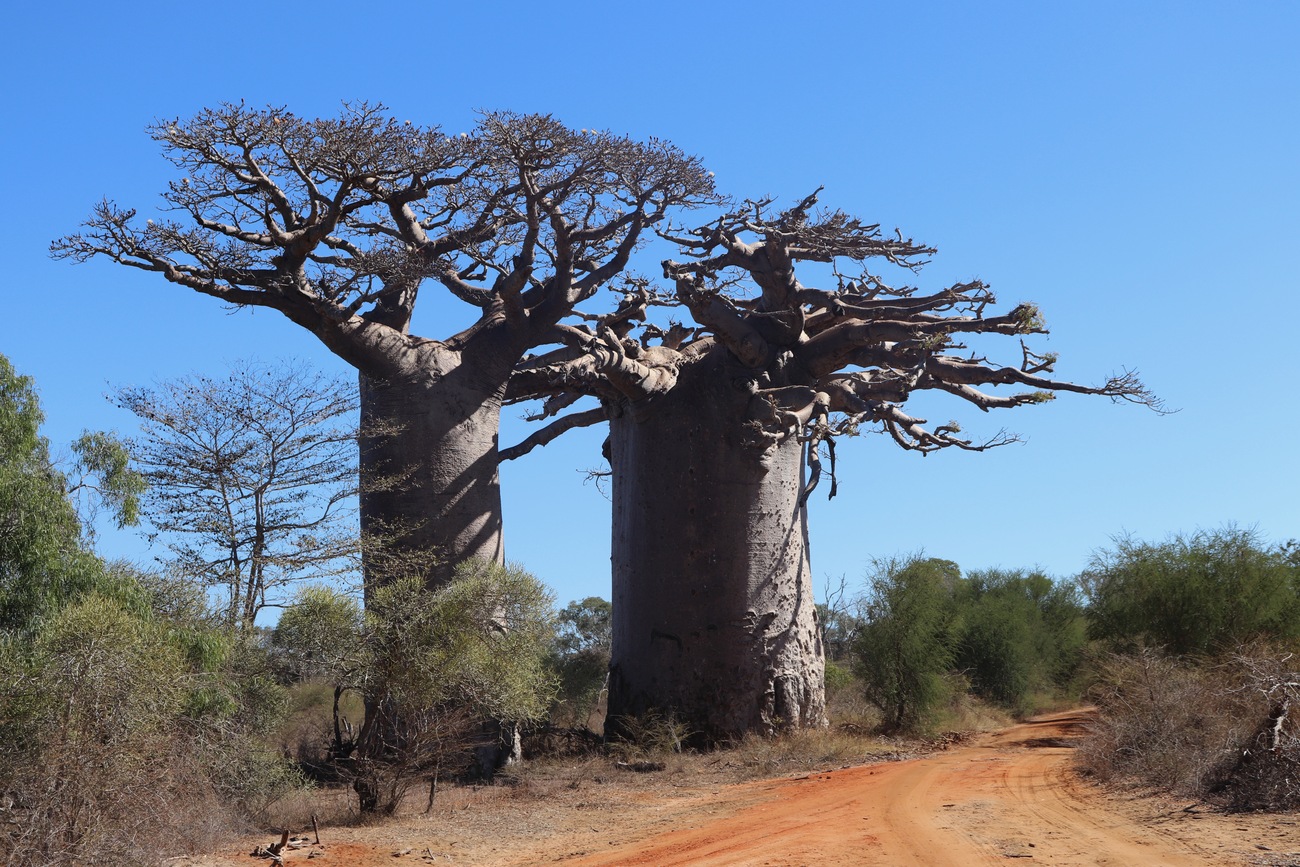Revitalizing Madagascar Baobab Forests to a Thriving Ecosystem
- Nature Conservation
- Land Conservation
- Reforestation
- Daughters for Earth
- Women
- Madagascar & East African Coast
- Afrotropics Realm
| Bioregion | Madagascar Island (AT6) |
| Category | Nature Conservation Our project categories represent one of three core solutions pathways to solving climate change. Energy Transition focuses on renewable energy access and energy efficiency. Nature Conservation includes wildlife habitat protection and ecosystem restoration, as well as Indigenous land rights. Regenerative Agriculture supports farmers, ranchers, and community agriculture. |
| Realm | Afrotropics The Project Marketplace is organized by the major terrestrial realms divided into 14 biogeographical regions – N. America, Subarctic America, C. America, S. America, Afrotropics, Indomalaya, Australasia, Oceania, Antarctica, and the Palearctic realm, which coincides with Eurasia and is divided into Subarctic, Western, Central, Eastern, and Southern regions. |
One Earth’s Project Marketplace funds on-the-ground climate solutions that are key to solving the climate crisis through three pillars of collective action — renewable energy, nature conservation, and regenerative agriculture. This project helps restores Madagascar’s deciduous dry forest.
Adansonia grandidieri is the biggest and most iconic of Madagascar's six species of baobabs. These beautiful trees are essential to the western dry forest habitat and provide vital economic and socio-cultural benefits for surrounding communities.
Unfortunately, these baobab habitats are facing an alarming deforestation crisis, with 4,000 hectares of forest loss per year. Yet, those closest to the ecosystem are often left out of conservation and reforestation efforts.
This project, spearheaded by Groupe des Spécialistes et des Passionnés de Baobabs de Madagascar (GSPBM), aims to empower local people to be part of the solution of restoring the baobab forests through women's leadership and community engagement.

GSPBM with woman group.
Restoration by the numbers
Under the direction of two women Malagasy conservation biologists specializing in baobab research, support will help develop two tree nurseries with 50,000 native forest trees.
From there, locals will transplant the seedlings to the forest. With the participation of 400 community members, 60 hectares of baobab forest will be restored.
Additionally, a capacity-building workshop will be organized for 50 women, with training on fair and equitable trade and fruit processing for 30 community members. Collectively, this will allow for the implementation of the fruit trade, which will benefit 300 households.

The team of the ARO (Assessment-Research-Outreach) Baobab project with the local community group (VOI MITI).
Ensuring women’s leadership
This project will ensure the elevating of women’s leadership in conservation. Many local community groups in Madagascar that are involved in the preservation and management of the protected areas are led by men. Although they won’t be excluded from the project activities, GSPM will ensure that women have leadership and critical roles in each stage.

The nursery in Andranopasy village, western Madagascar.
Women groups at the helm of conservation
All of the activities in this project, from building a tree nursery to the follow-up care of transplanted seedlings, will be led by women from two women's associations and the local community groups.
They are: Vondron’Olona Ifotony (which in Malagasy means “Local Community Group”), Miaro ny Tontolo Iainana (meaning “to Protect the Nature”), and Andranopasy MIasa (the name of the village), as well as the NGO Asity, which manages the protected area near the project sites.

Two baobab trees along the road to the village in western Madagascar.
Regenerating Madagascar’s forests
This project's overall goal is to restore the Madagascar deciduous dry forest. Bringing back ecosystems such as this helps reduce greenhouse gases in the atmosphere as trees store carbon in their biomass. They also provide numerous other environmental benefits, such as reducing air pollution, conserving water, and providing habitat for wildlife.
This project’s restoration work will be done at a small scale and provide one of the first system model successes in western Madagascar, where local communities will entirely lead to reforestation and sustainable use of natural resources.
The GSPBM hopes other communities can replicate this model to revive forests worldwide.
